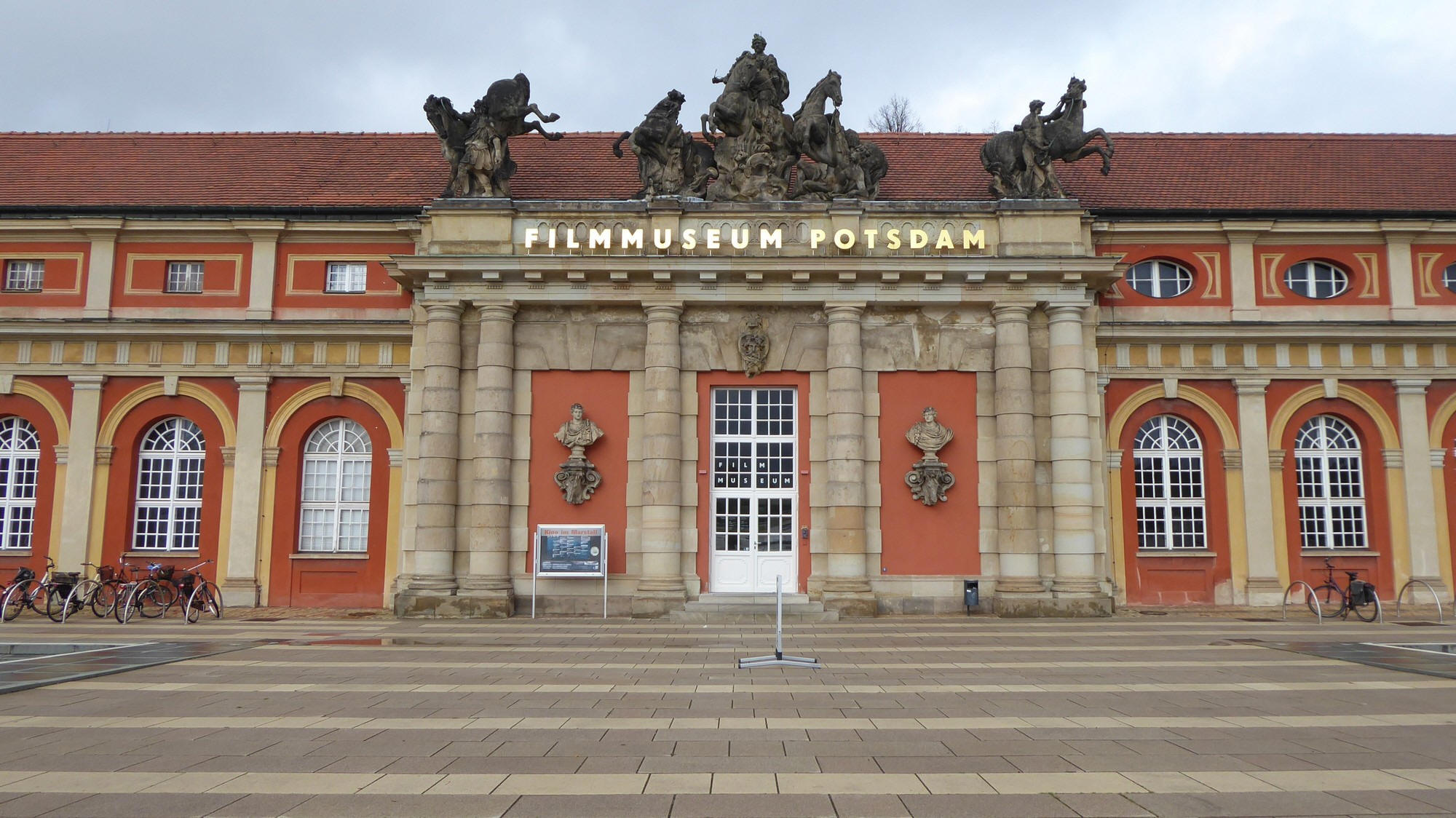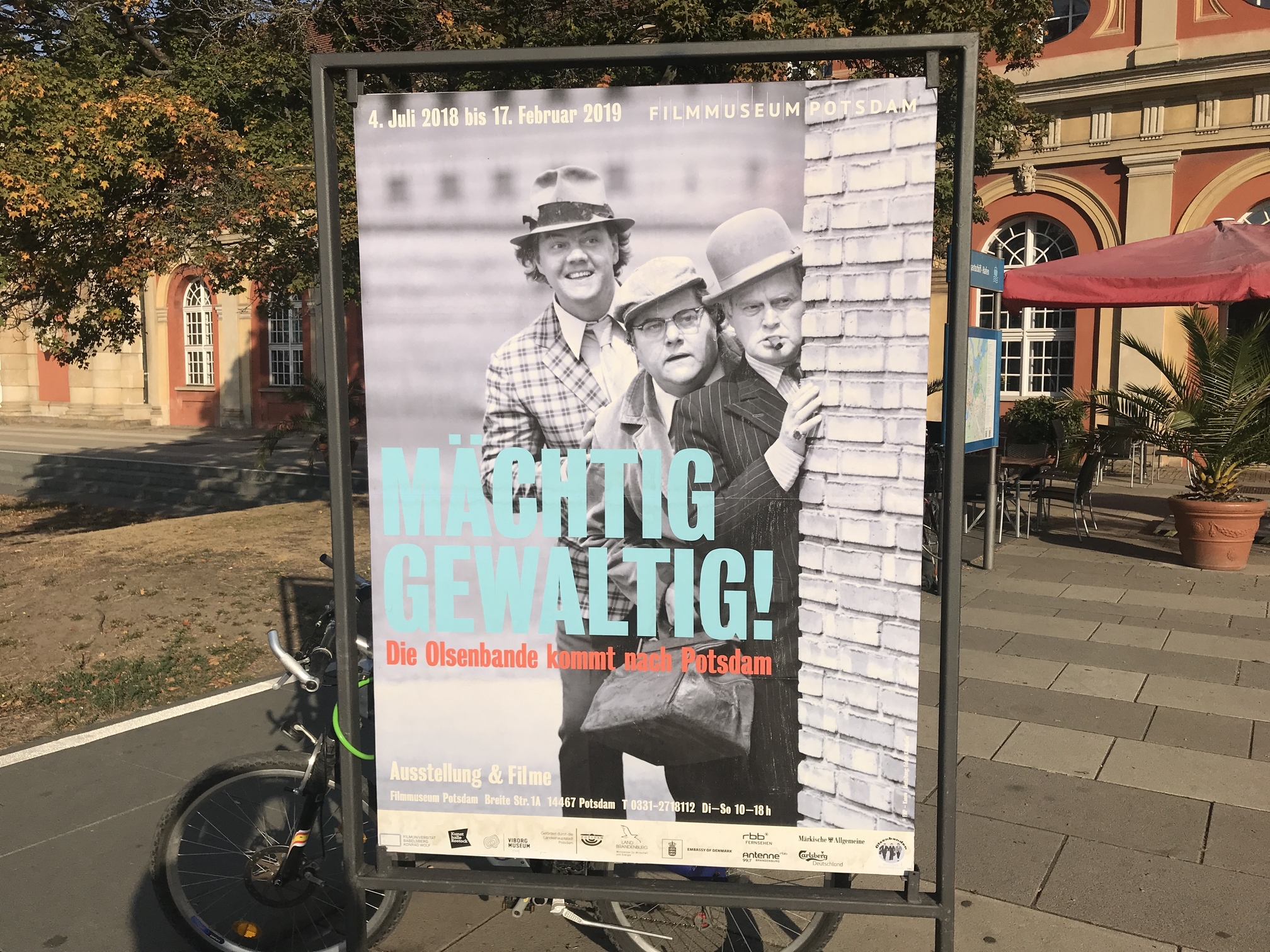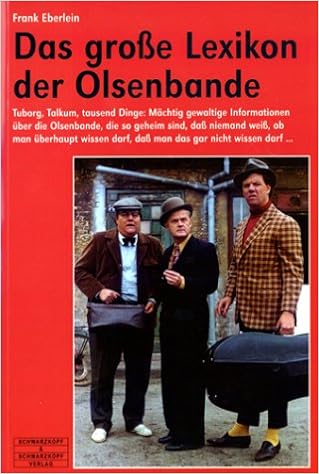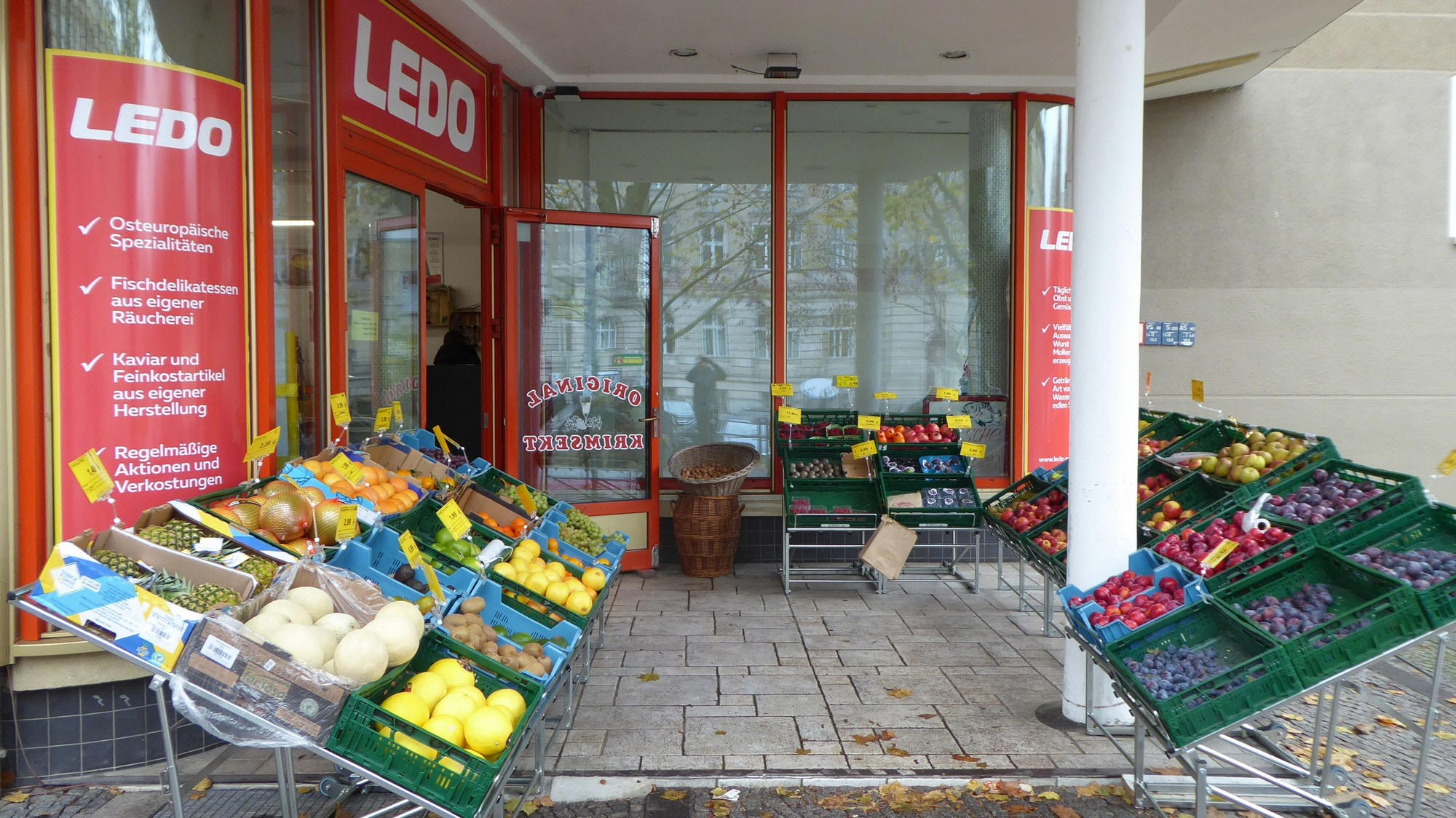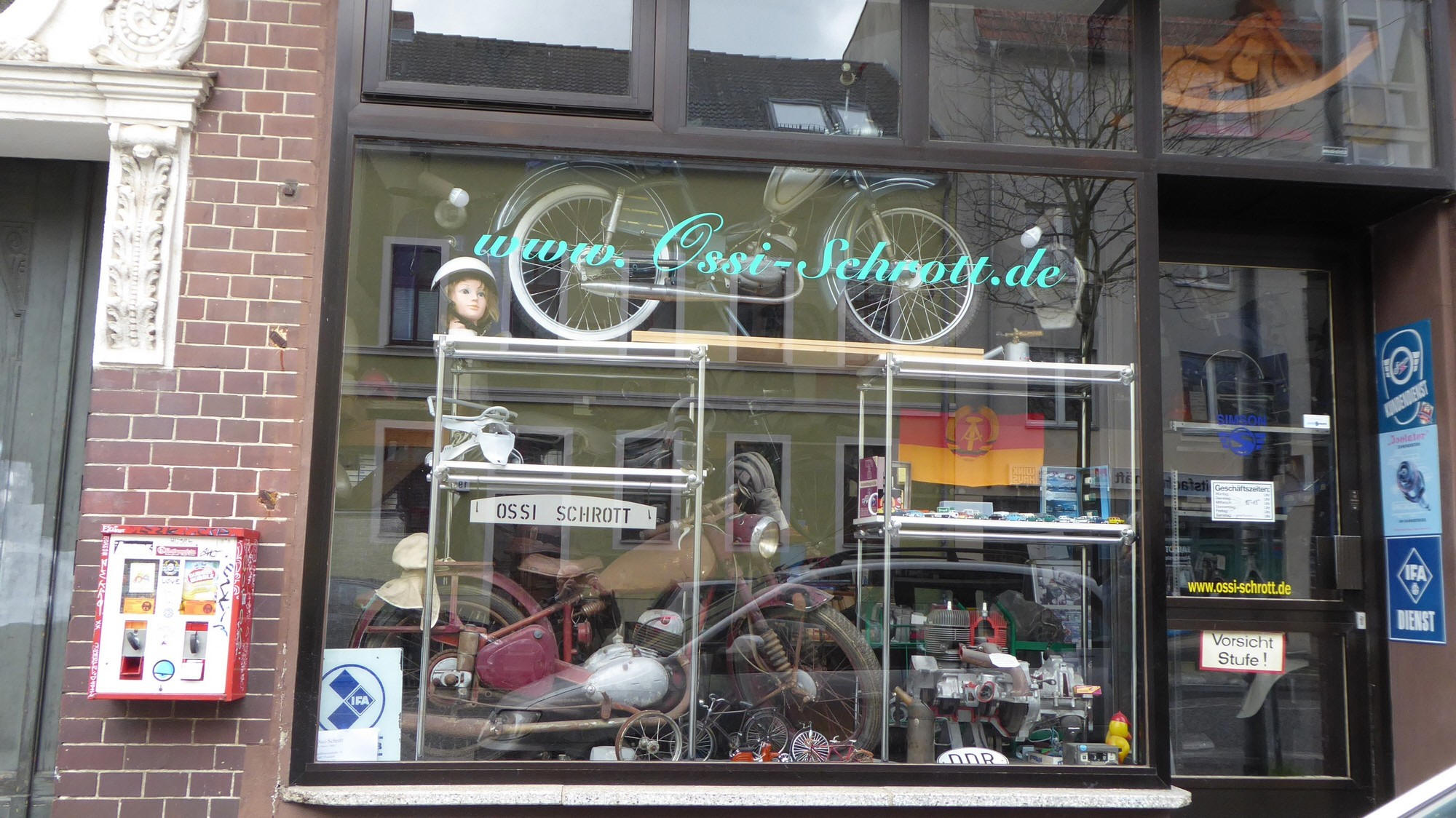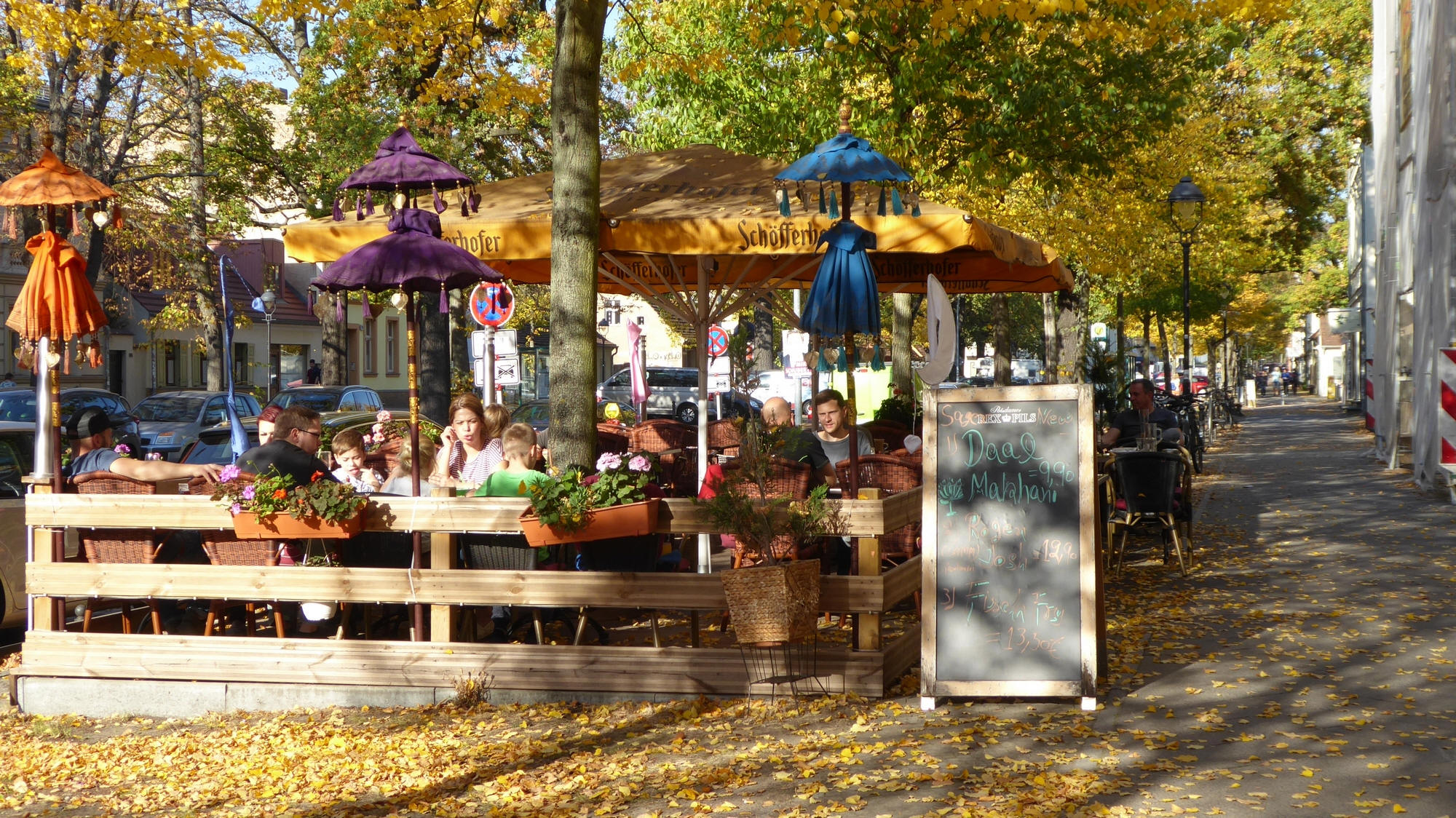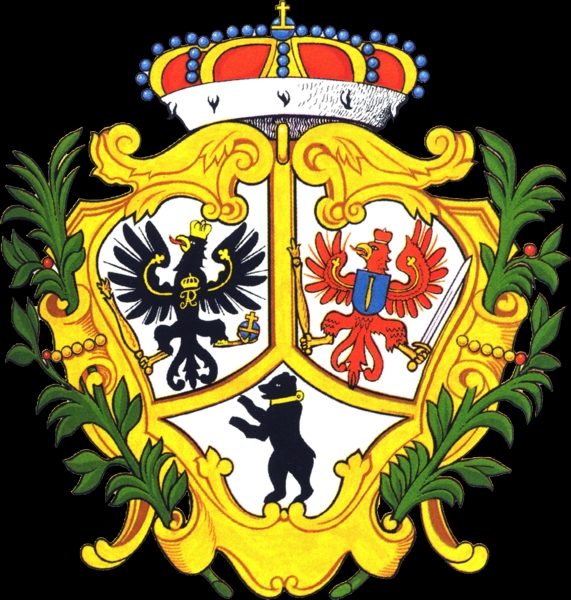Andre seværdige steder og
udflugtsmål i andre lande: FR IT MT NL PL PT ES DE
Potsdam
Nauener Tor from 1755 is
built according to a sketch by Frederik II - Autumn 2019 For many
Potsdam is a suburb of the German capital, Berlin - and often at most a
one-day visit to the city is set aside - but that should not be the case.
Wanted
I must admit that when I first chose to visit Potsdam, it was primarily to
avoid driving and parking in Berlin. I had read that it only took a small ½
hour by train to get to the center of one of my absolutely favorite capitals
in Europe. That was also true, but we quickly discovered that Potsdam is so
definitely something in itself. In addition to being the capital of the
state of Brandenburg, it also has its very own legitimacy as a tourist
destination. Not only are there three large recreational areas Neuer Garten
as well as Babelsberg and Sanssouci Park, but in these parks there are also
several castles with colossal historical significance and should for some
reason not be just like that, the city of Potsdam itself is quite cozy . And
if it does not appeal to you, you can go on a boat trip to e.g. Wansee or
Caputh. You can also go cycling around the beautiful area, as the city is
also richly surrounded by lakes and forests.
City coat of arms
The Brandenburg Gate was built in around 1771 and is thus older
than its namesake in Berlin - Autumn 2019
Potsdam is
probably best known outside Germany for the conference that took place between
17 July and 2 August 1945 at Cecilienhof Castle in Potsdam. This was where the
victors decided how to manage the peace after Germany had been defeated. It is
possible to visit the Cecilienhof in the Neuer Garten, where, among other
things. can see the conference hall.
Berlin - Somewhat different suggestions for a visit to the city than usual
Cecilienhof -
Efterår 2018
But Potsdam also offers much more. In addition to the Neuer Garten with the
Cecilienhof, there is the Sanssouci park with its unique gardens and palaces.
The area is on the UNESCO World Heritage List. The most famous landmark is the
Sanssouci Palace. The Hohenzollern Palace was designed and built in the years
1745 to 1757 by Georg Wenzeslaus von Knobelsdorff, who had again been
commissioned by the Prussian king Frederik the Great. The Rococo Palace is
located on the southern slope of Potsdam in the hills of Bornstedt.
Sanssouci Palace - Autumn 2019
Friedrich the Great had Sanssouci built, which directly
translates to "without worry". It was built as a summer residence - a refuge
where he could live carefree for a while.
Sanssouci - Vines can be seen to the right and left of the main staircase - Spring 2023
On a small rise covered by vineyard terraces near Potsdam, Friedrich had his Sanssouci summer palace built
in 1745–1747. This was not only a summer residence and his favorite place to live - It also became a personal sanctuary,
a place where he retreated in times of difficulty to relax in the company of his dogs and friends.
Sanssouci -
Friedrich der Grosse's grave - Spring 2023
On August 17, 1991, "Friedrich der Grosse's"
last will was finally fulfilled, when his sarcophagus was moved to Potsdam and
buried on the terrace of Sanssouci in the cemetery he had already built. Since
then, it has been tradition to lay potatoes on his grave, as it was he who,
among many things he did introduced the potato to Europe. Frederik the Great lies next to his 11 dogs - they were greyhounds.
Sanssouci -
Friedrich der Grosse's grave -
Spring 2023
Frederik the Great died on 17 August 1786 at Sanssouci Castle in an armchair. His nephew and successor Friedrich Wilhelm II. had him
buried in the Garrison Church in Potsdam next to his father Friedrich Wilhelm I. Which was next to the father who had raised him more than strictly
and who had abused him.
In 1943, on Hitler's order, the sarcophagus was moved to a protective bunker in the district of Eiche and later in 1945 to the Bernterode quarry.
Subsequently to Marburger Schloss and in 1947 to the city's Elisabethkirche. On the initiative of Louis Ferdinand von Preussen, it was transferred in
1952 to the chapel at Burg Hohenzollern. It was, as written earlier, first as late as 1991 that "Friedrich der Grosse's" last will was finally fulfilled.
The Chinese Tea House, Sanssouci Park -
Spring 2023
During his stays in Sanssouci, Frederick the Great appreciated the intimate atmosphere of the Chinese house, which took him into a fantasy
world - A world outside Europe.
The Rococo Pavilion is said to be the best known surviving example of the Chinese fashion that shaped the culture of all European courts in the 18th century. China fashion does not
show much of the China at that time, but rather more of the Europeans' ideas about China.
The garden architect was Johann Gottfried Büring, who between 1755 and 1764
designed the pavilion in the then-popular style of Chinoiserie, a mixture of
ornamental rococo elements and parts of Chinese architecture.
The Chinese Tea House, Sanssouci Park -
Spring 2023
The exterior of the pavilion is defined by the life-size gilded figures
placed individually or in groups around the building. Adventure-wearing musicians and
tea drinkers are exhibited and the columns in the form of gilded palms, are intended to give
impression of something exotic and adventurous.
"Historic mill of Sanssouci" - Autumn 2019
The historic windmill in Sanssouci is a reconstruction of a Dutch windmill built
between 1787 and 1791 under Friedrich Wilhelm II. It is built west of the
Sanssouci Palace and is i.a. known for the legend of "The Miller from
Sanssouci". Hence the addition "historical".
Orangerie - Spring 2019
Orangerie is a palace in Sanssouci Park. It is also known as the new orangery at
Klausberg or just the orangery. It was built by order of Frederick William IV of
Prussia and was built from 1851 to 1864. An orangery is originally the name of a
house with large windows, which was used for overwintering citrus trees,
formerly called orange trees. Since citrus trees can settle for less light
during the winter, the former had orangeries, often only glass in the facades,
but not in the roof.
Neues Palais In Sanssouci
Park
- Spring 2019
Friedrich II built the
impressive Neues Palais as a symbol of prestige at the opposite end of the
palace gardens. After the Seven Years' War from 1756 to 1763, it was designed to
show its neighbors and enemies that they had better take Prussia's new power
seriously.
The pedestrian street
Brandenburger Str. - Summer 2020
However, Potsdam is much more
than castles and parks. The city is quite charming, cozy and with interesting
and exciting neighborhoods, such as. "Dutch Quarters".
"Holländisches Viertel" - Summer 2020
The Holländisches Viertel is
without a doubt one of the most interesting residential areas in Potsdam. It
consists of four squares with about 150 brick houses in Dutch style - unpainted,
with white joints, shutters and in some cases arched gables. The neighborhood
was built between 1734 and 1742 by Dutch artisans that King Friedrich Wilhelm I
- the king of soldiers - had brought to Potsdam. You can see more in the museum
at Mittelstrasse 8.
Filmmuseum Potsdam -
Spring
2018
Many famous films have been
made in the Babelsberg studios and the film museum in Potsdam conveys this in an
excellent way. However, there is also room for exhibitions on foreign films.
"Die Olsenbande" at Filmmuseum Potsdam - Autumn 2018
In 2018, the film museum
showed a special exhibition about the Olsen Gang, which was very popular in the
former GDR. It is a little strange to think that the films had at least as much
success in the then GDR as in Denmark.
Die Olsenbande -
The large book for fans
Supermarket Ledo - Autumn 2020 It's quite
funny that in Potsdam you can come across shops where Russian is spoken and
where the goods originate from the then eastern countries - Romanian spiced
sausages, Latvian hams and plenty of Russian vodka are sold here, but the
organic milk from Poland is just organic enough for me. After it was opened,
there was quite a lot of cowshed smell throughout the apartment.
"Ossi-Schroot" -
Spring
2018
Everything ages and not least
the things produced in the old GDR, but then it's good that you can just visit
the shop that specializes in spare parts and the like - Ossi-Schrott in
Großbeerenstraße 18, 14482 Potsdam.
Babelsberg - Spring 2018
As written earlier, there are many cozy places in Potsdam and this also applies
to the district of Babelsberg, where the famous film studios are located. A walk
past Bahnhof Babelsberg and down Karl Liebknecht str. can also be recommended.
(Click on the coat of arms)
Berlin is always worth visiting
Andre glimrende rejsemål
Other fine destinations
Ni breve til geheimearkivar m.m. C. F
Wegener:

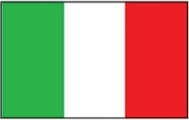
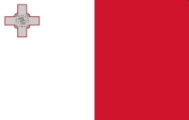
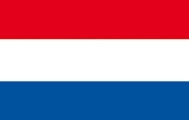
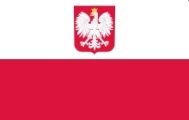
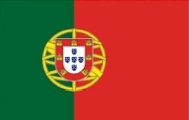
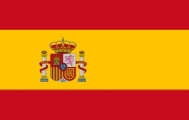
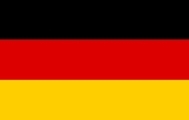
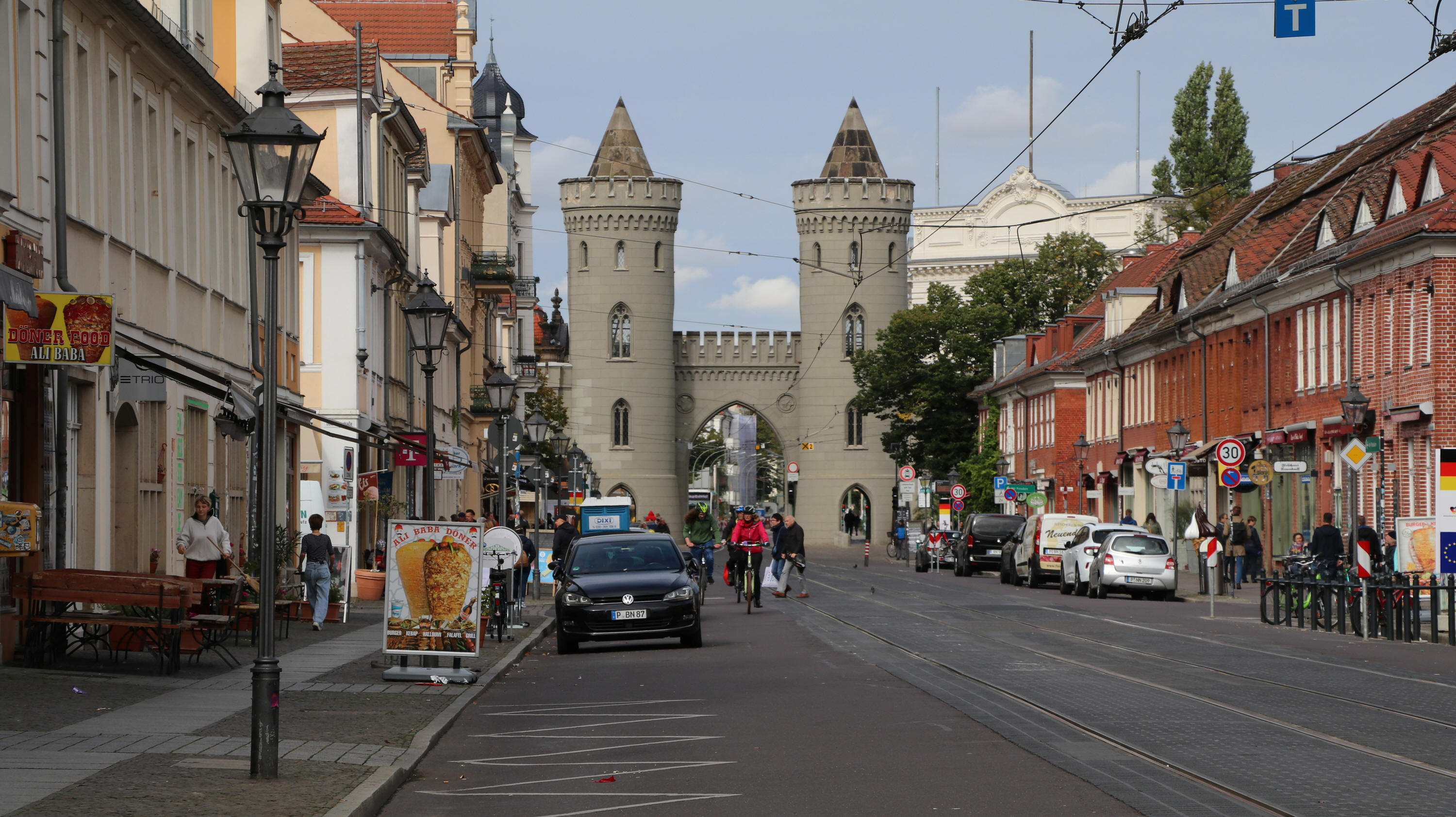
Potsdam is the capital of the state of Brandenburg with approx. 200,000
inhabitants and for the same reason it should to a large extent be
considered an independent city.
Potsdam has undergone quite an impressive development in recent years. When
I first came to the city many years ago, I had no doubt that this was a city
that had been part of the former GDR. Most of the buildings were quite
dilapidated and pretty much everything looked gray and sad. Especially when
you got a little outside the city center, you could see the decay after many
years of lack of maintenance. However, work is continuing on the
reconstruction and they have come a long way - especially at Potsdam
Hauptbahnhof towards Caputh, the very large cranes are underway, where a lot
of homes are being built.
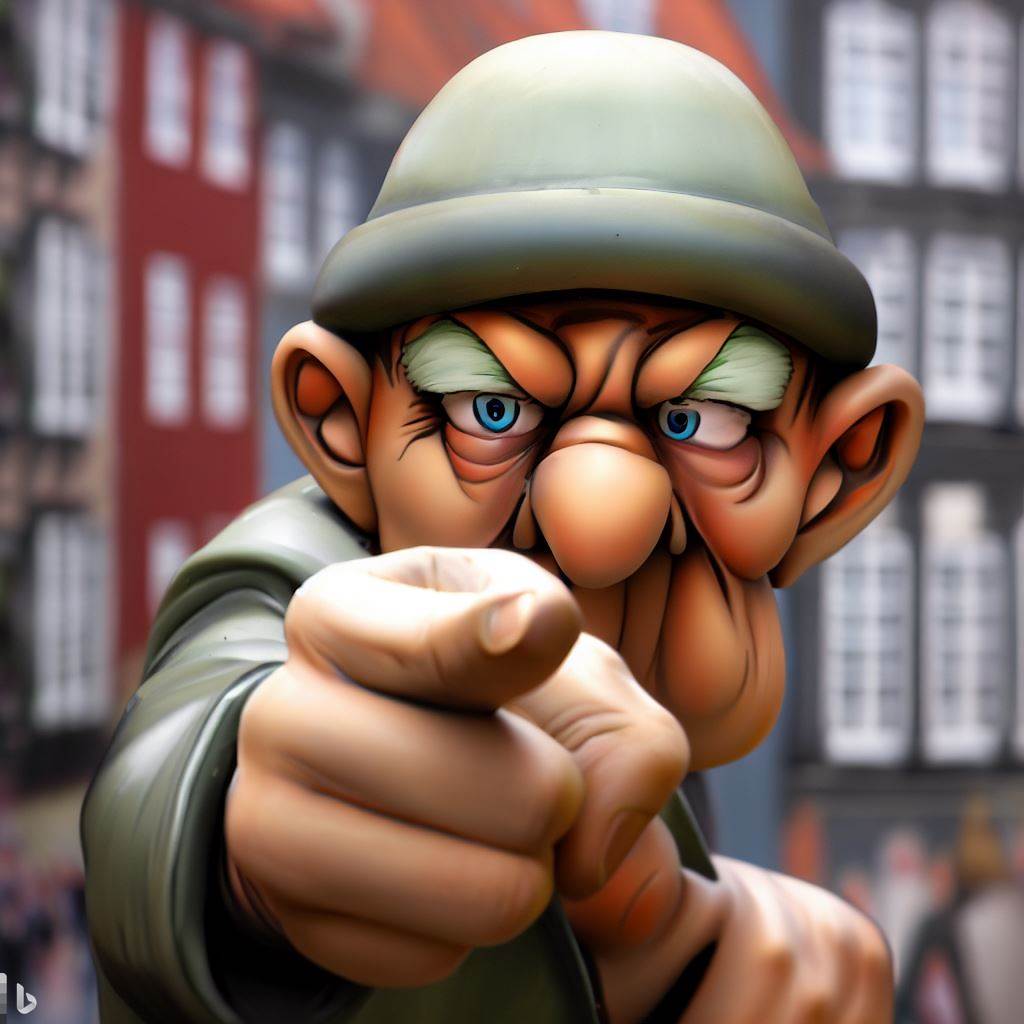

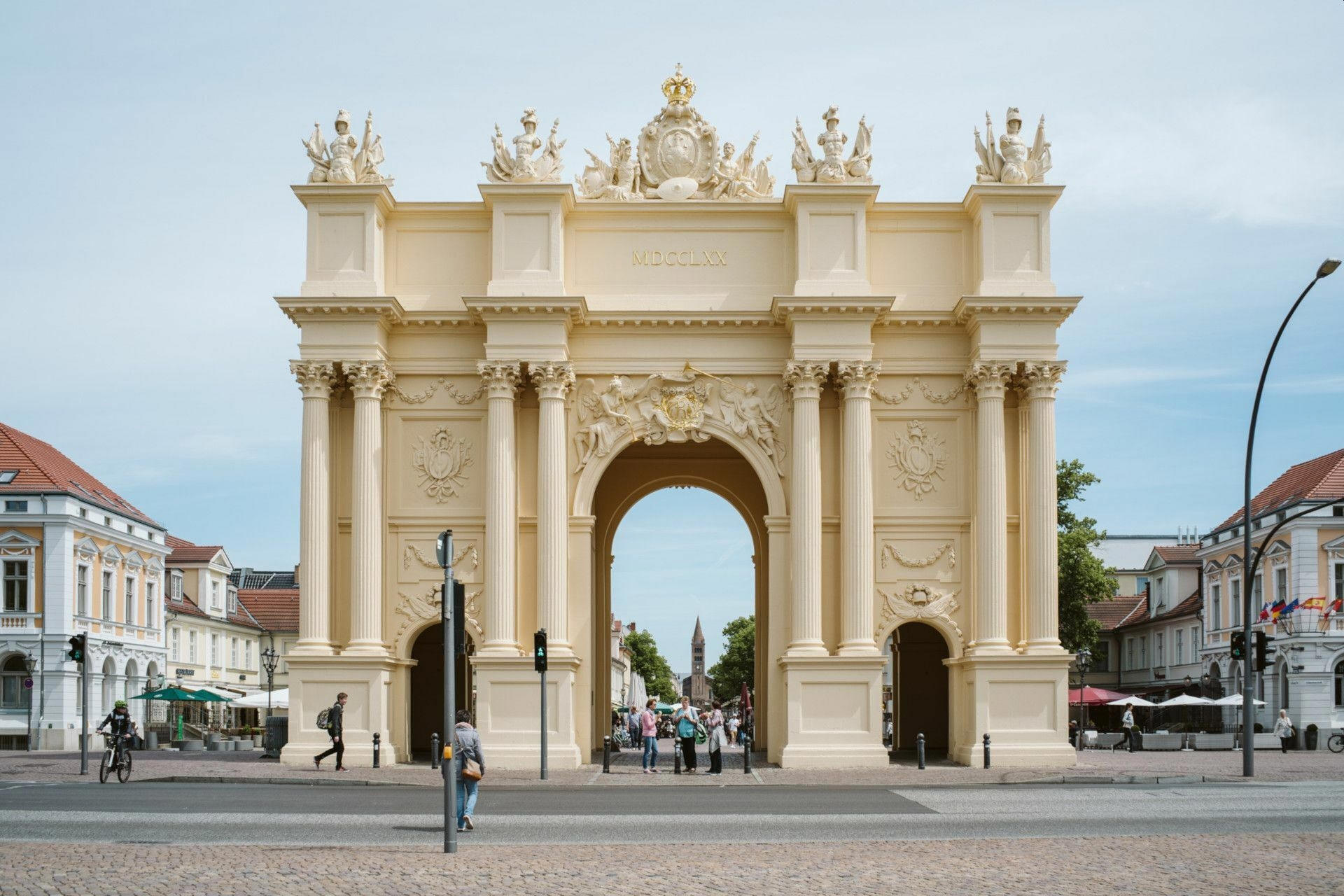
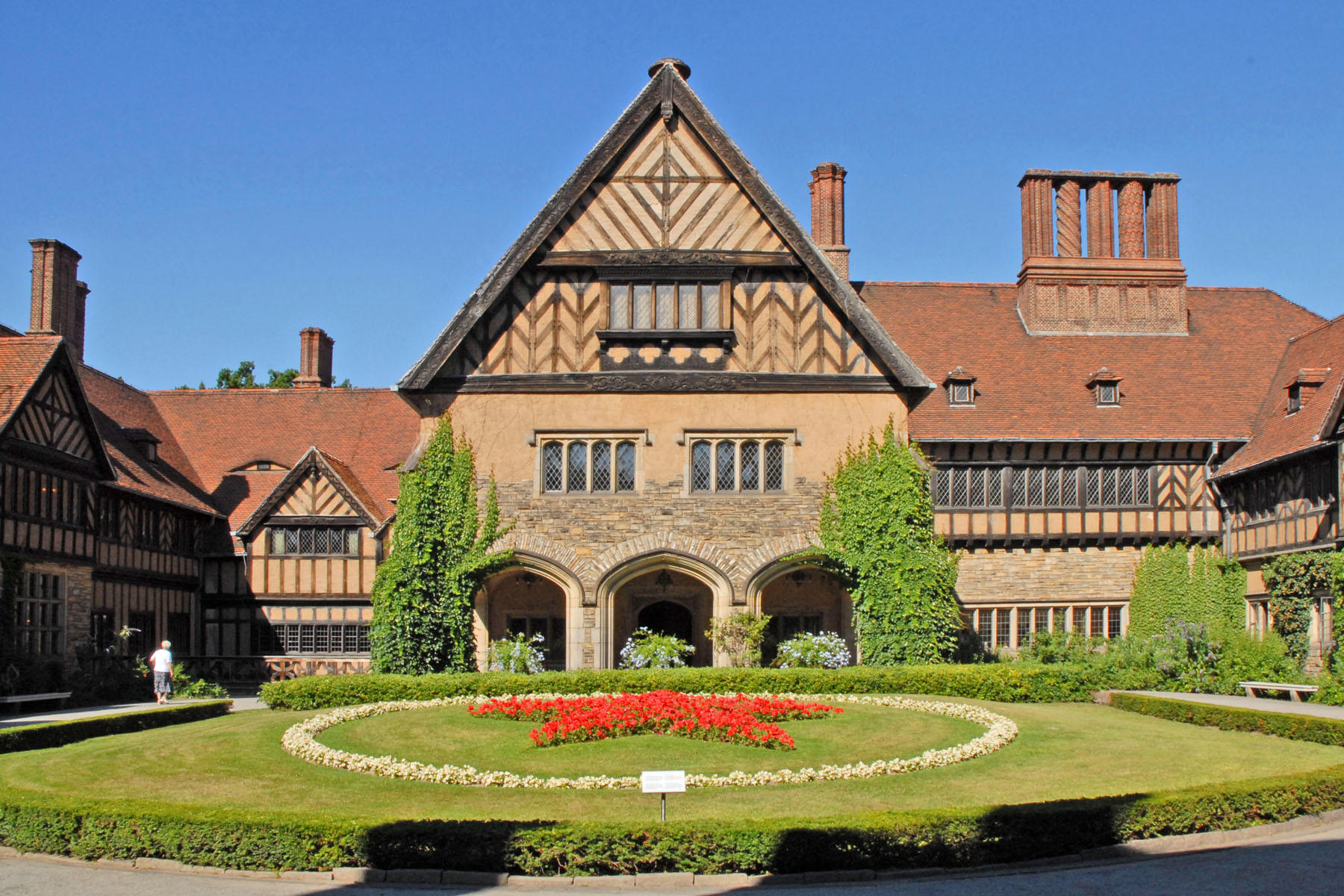
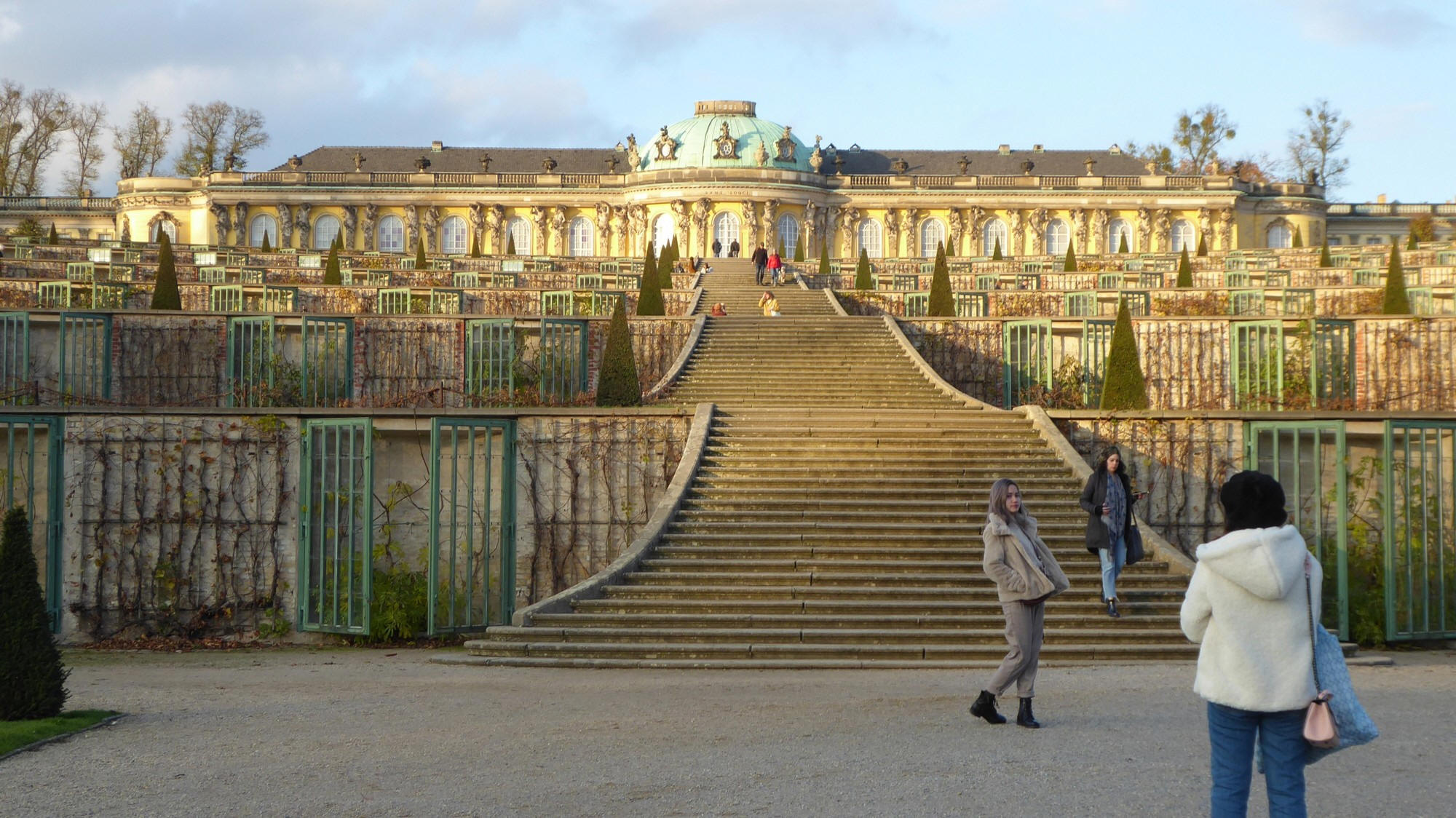
The king was known for his modesty, and this is also expressed in his claim:
"That a crown is just a hat that lets the rain in". Sanssouci was not
particularly flashy either, and it was not intended to be used for more than a
relatively short period of time.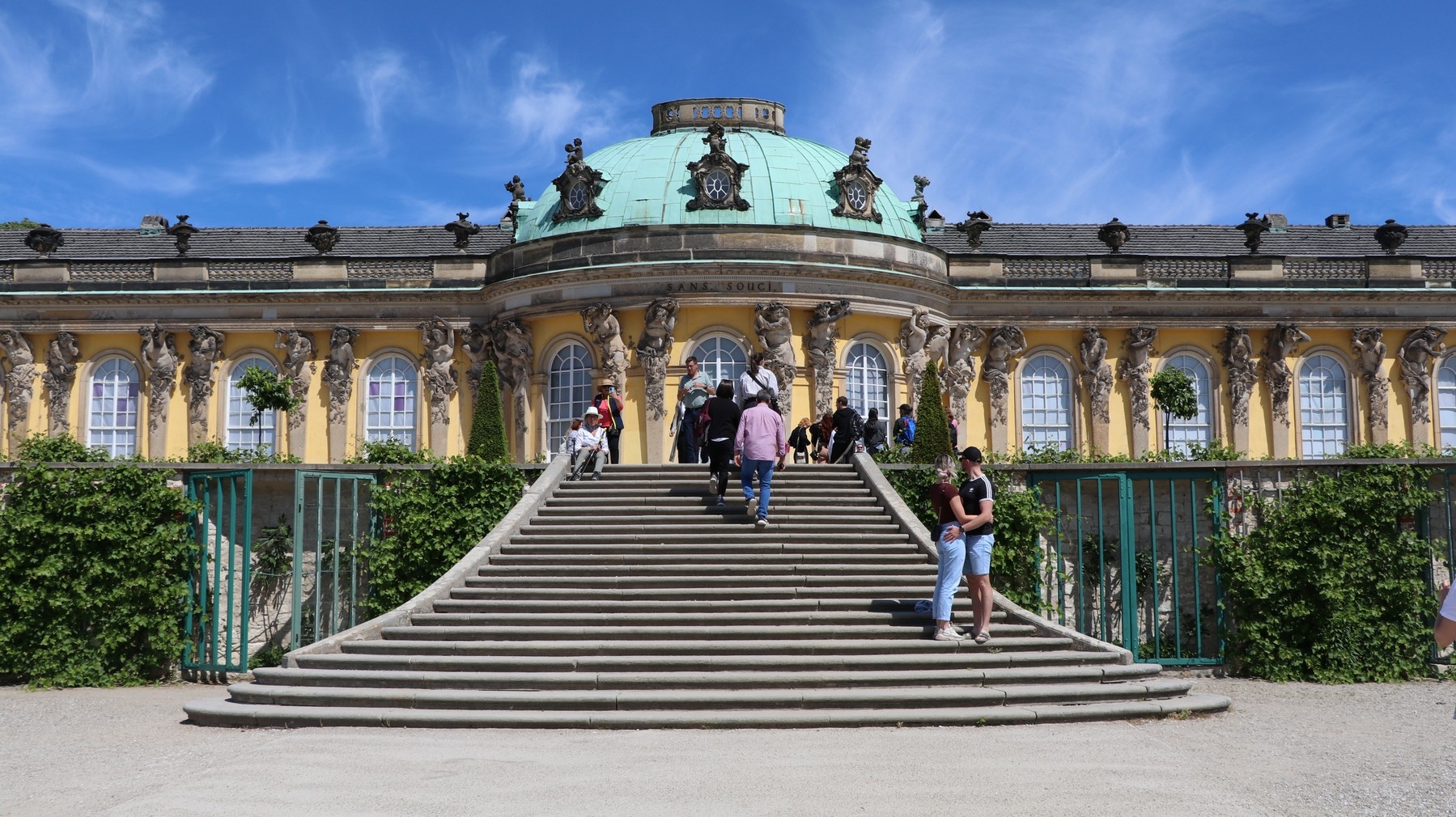
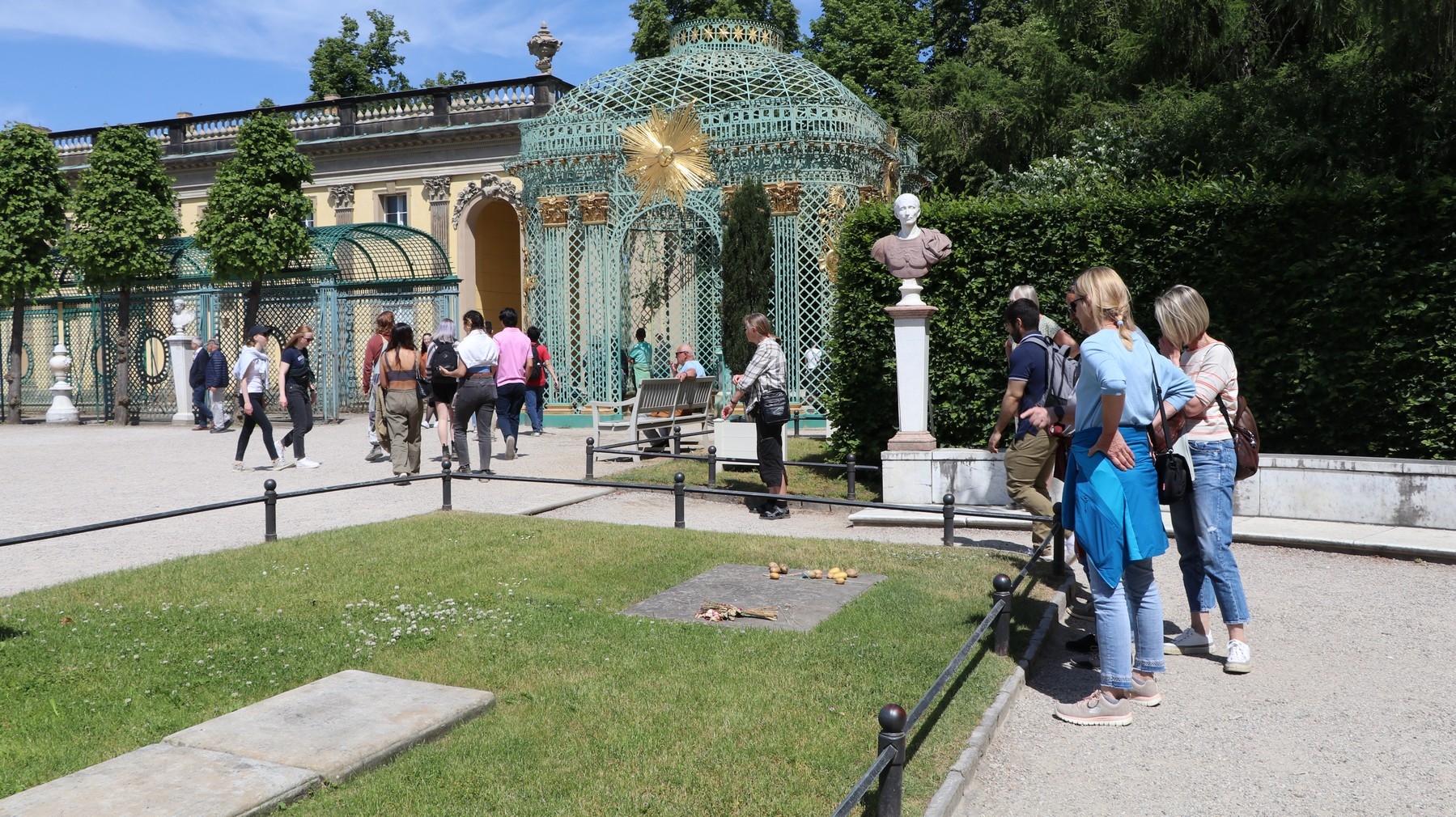
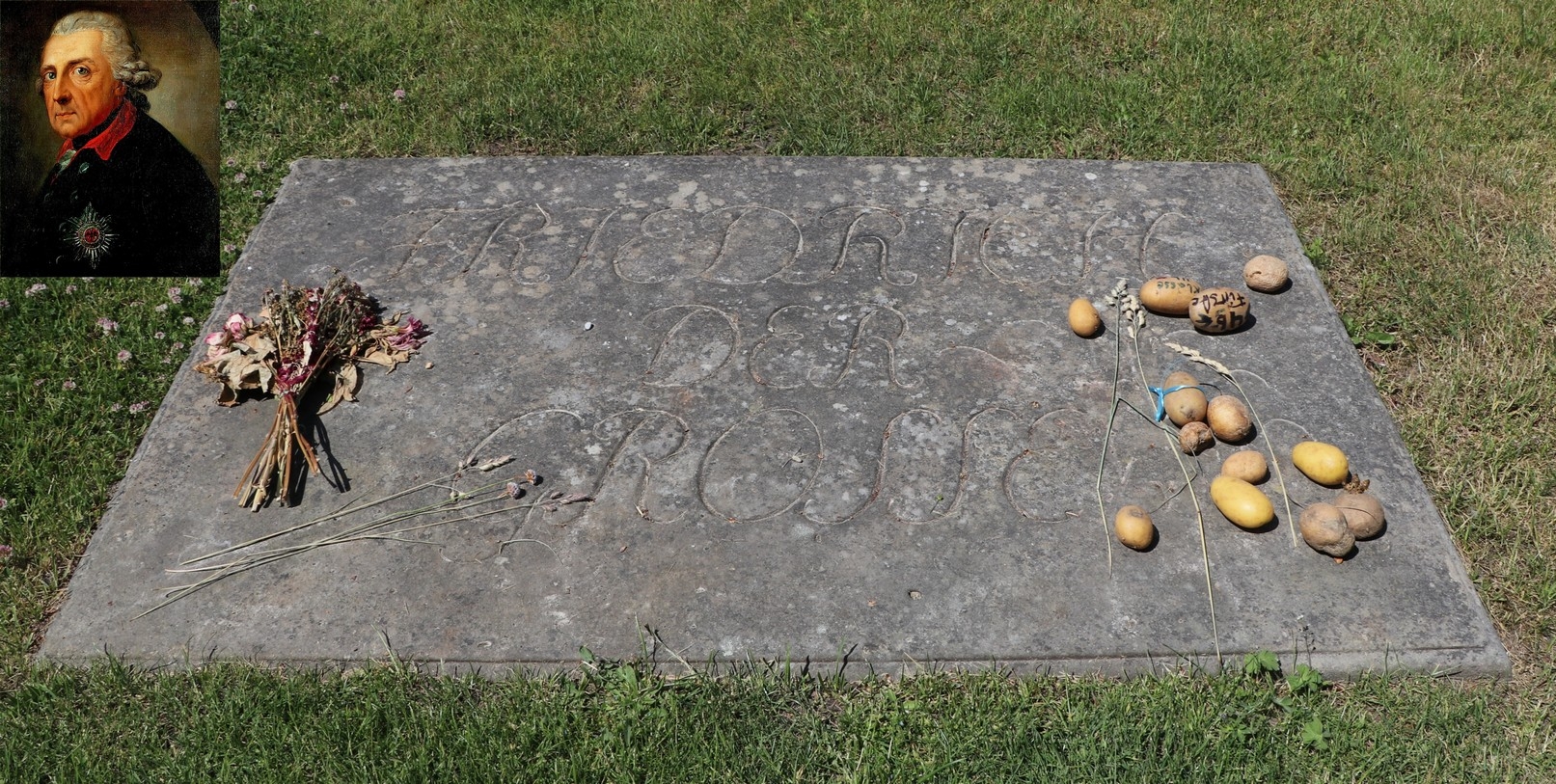
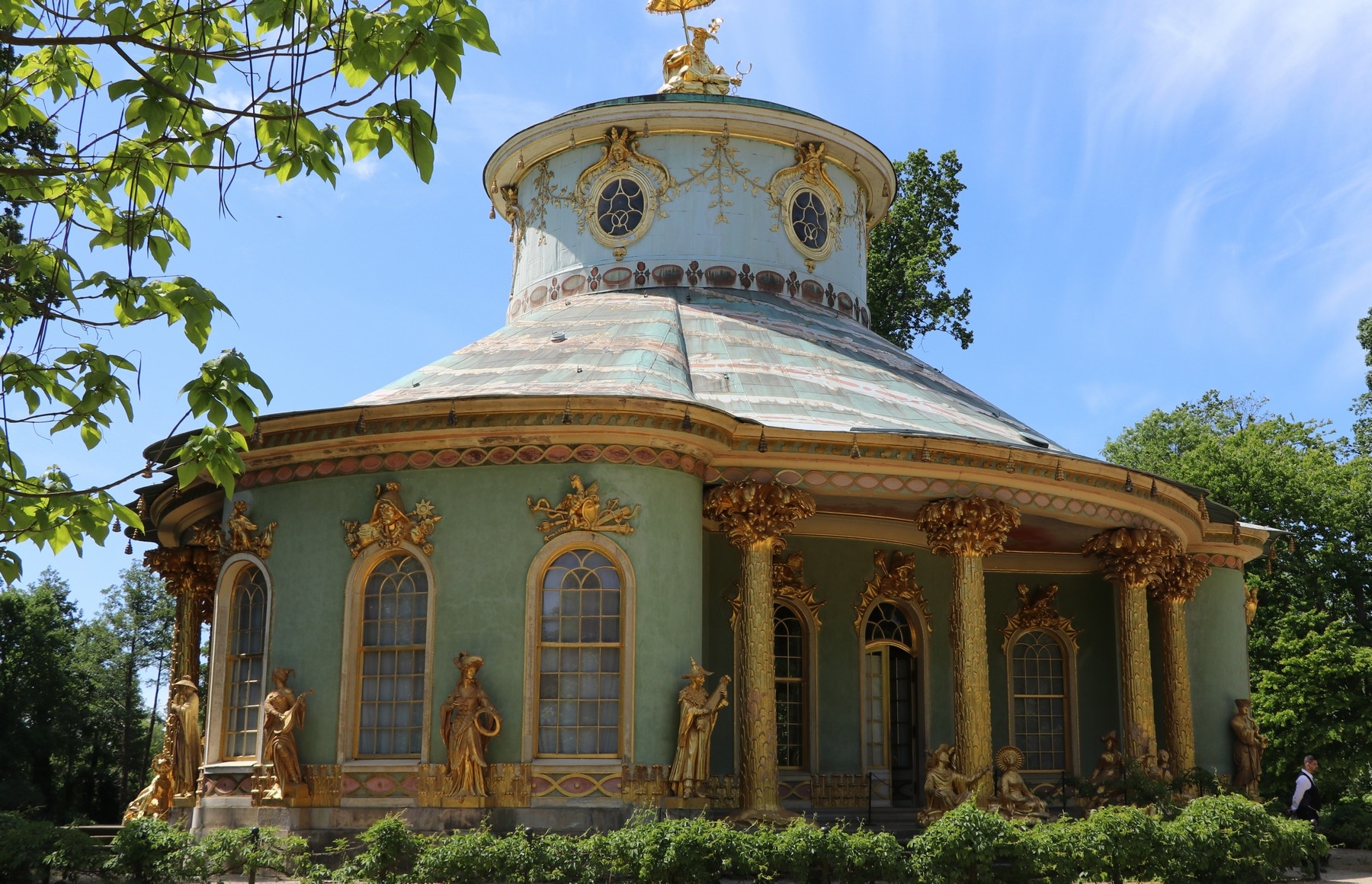
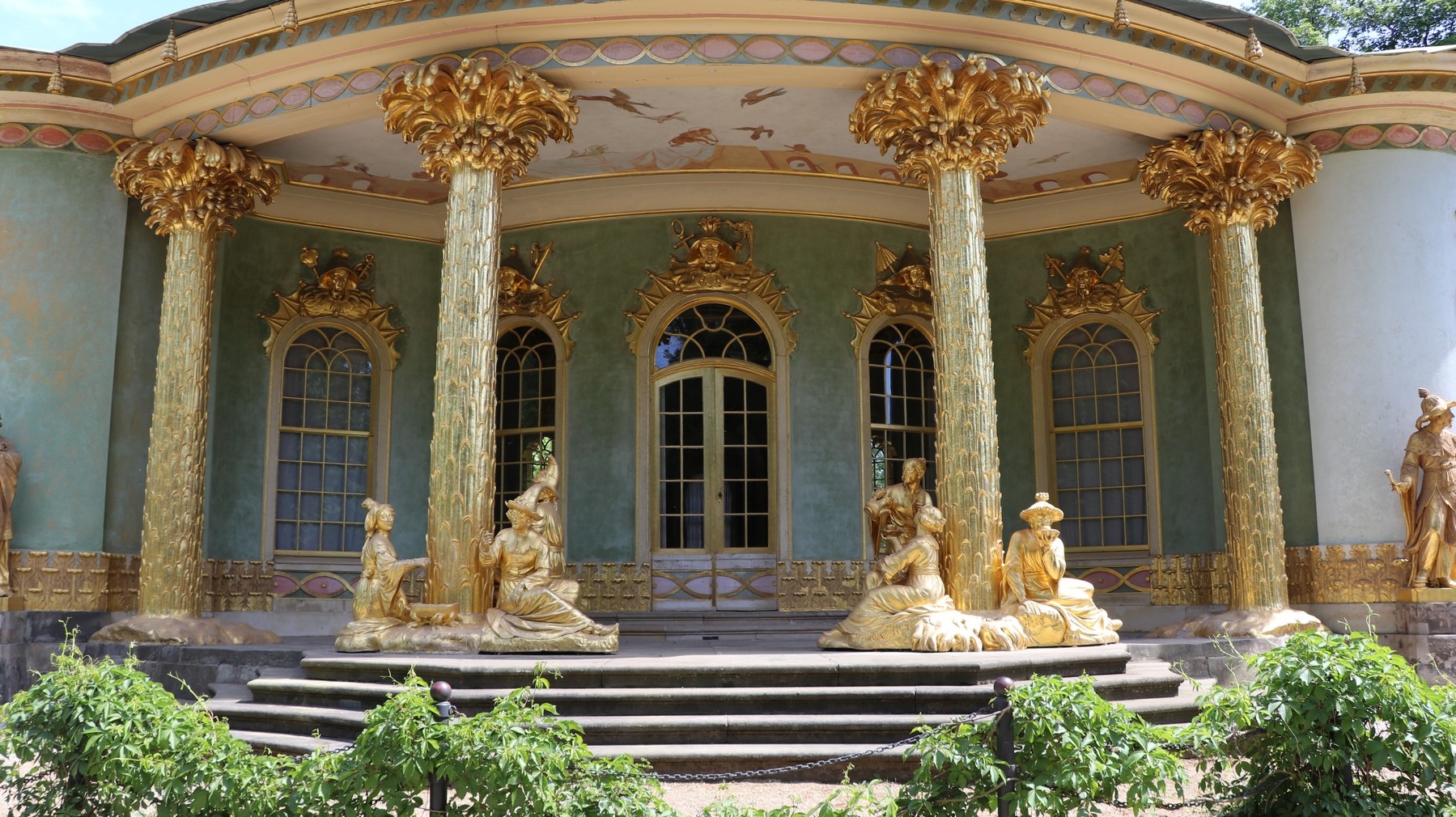
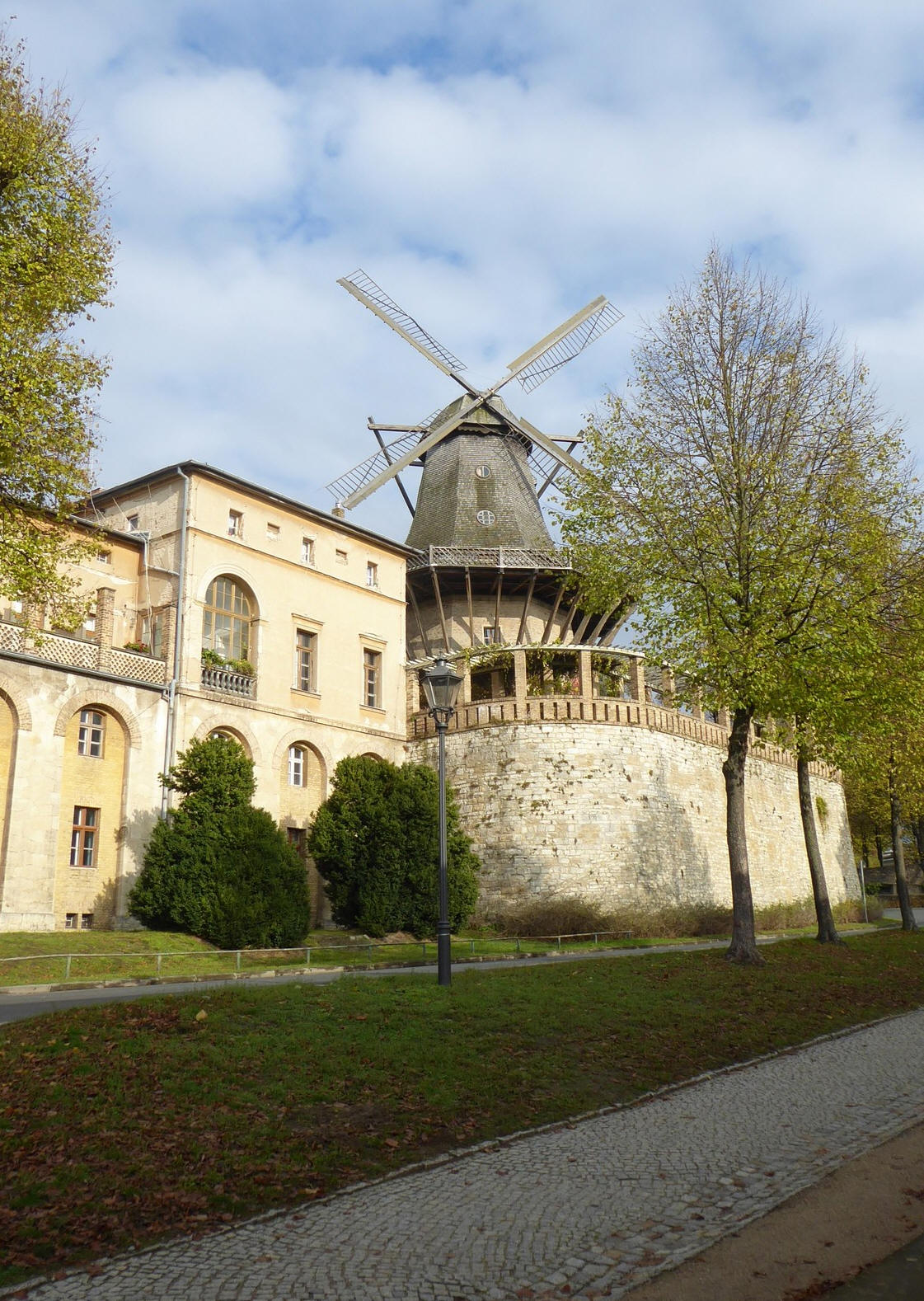
At the end of World War II, the woodwork structure burned down during the
fighting. After repair work on the stone floor in the 1980s, it was rebuilt
between 1991 and 1993. The mill building is a listed building and has since 1995
been run as a museum by Mühlenvereinigung Berlin-Brandenburg e.V. 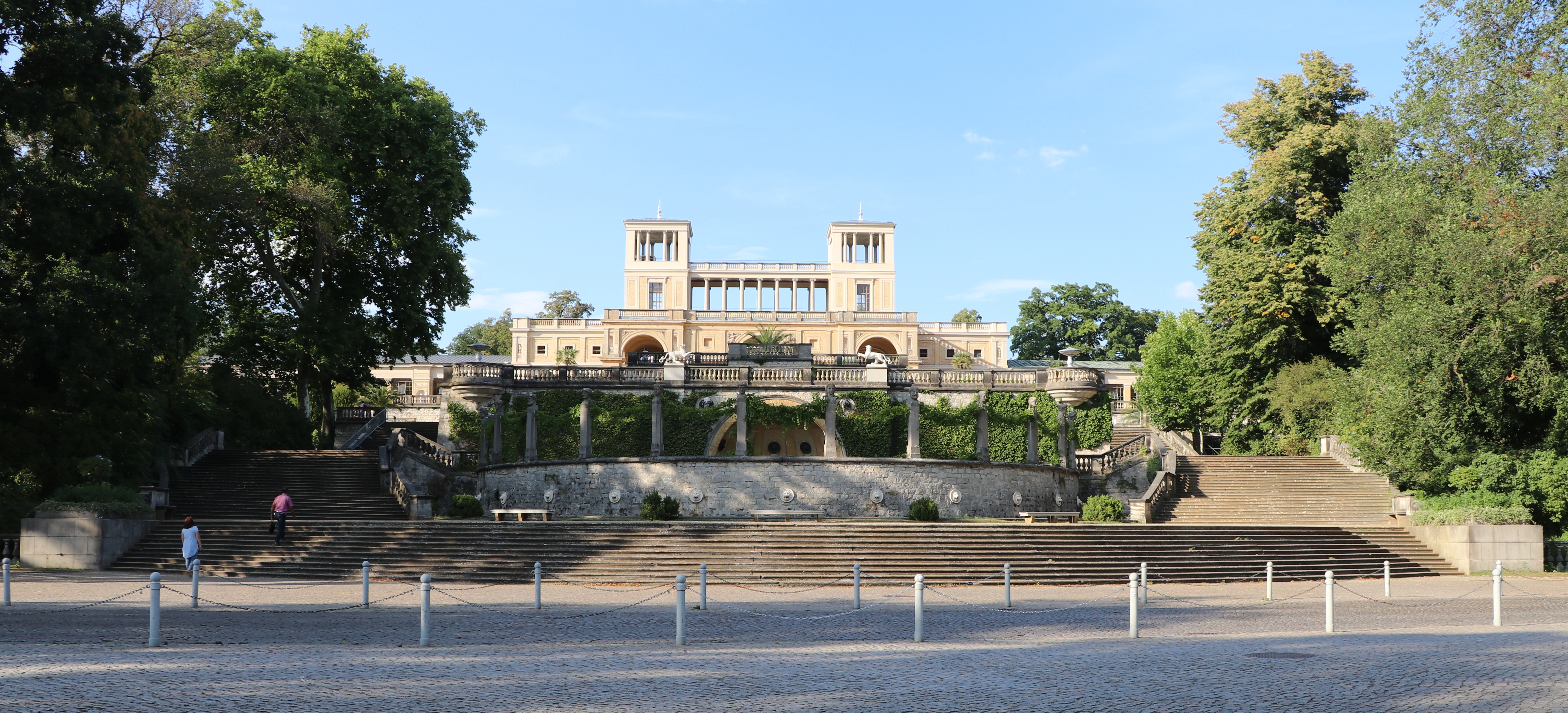
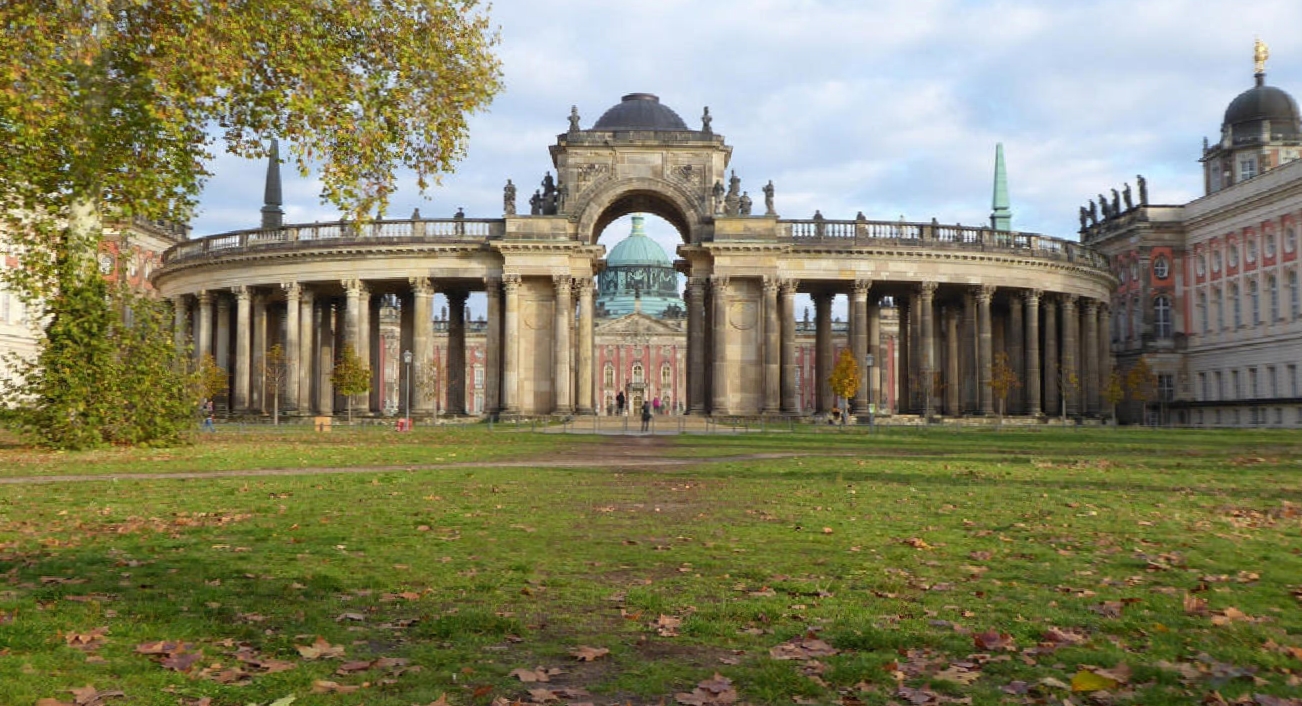
Unlike the small and intimate Sanssouci, the new palace was a bombastic building
with long space suites and lavishly decorated party rooms and galleries. The
craftsmen built it in record time without worrying about having to cut corners
here and there and the economically hard-pressed Prussia also had to resort to
imitating only more expensive masonry. 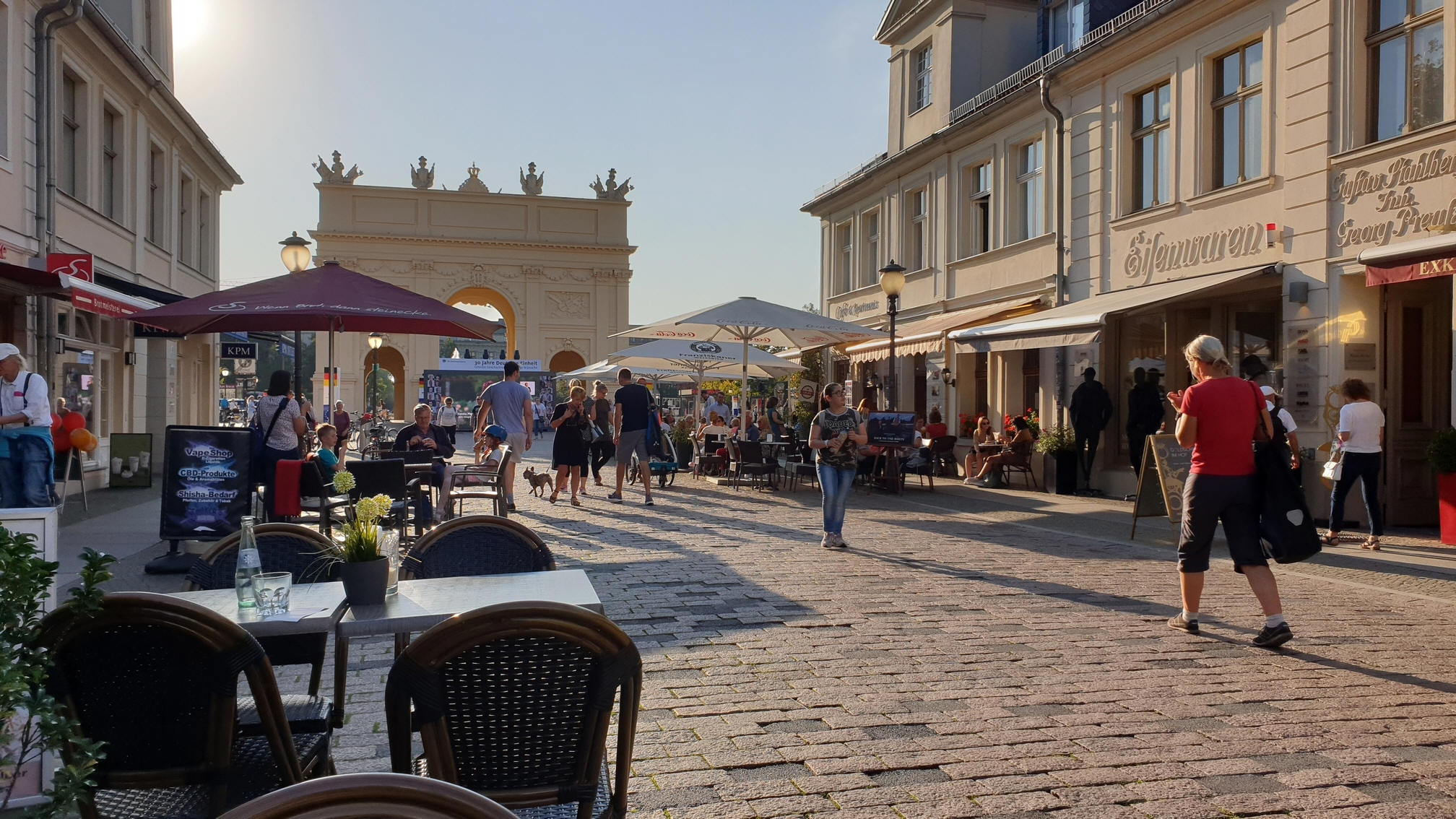
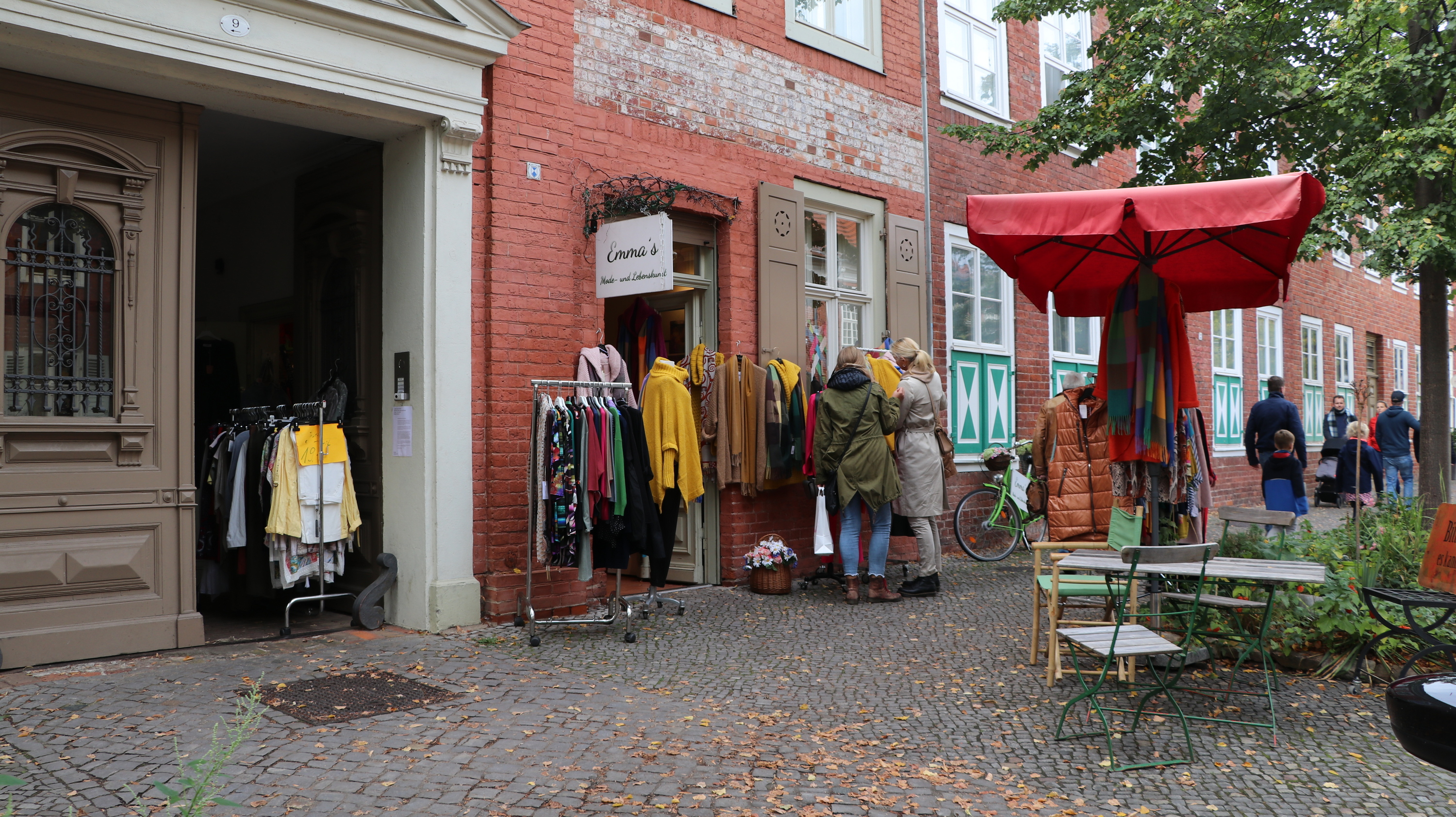
In the late 1980s, the neighborhood was in a miserable state, but the fall of
the wall and the subsequent political change enabled the redevelopment of the
Dutch neighborhood. The changes came in 1990 and created the conditions for a
vital neighborhood to reappear in close cooperation between the public and the
private sector.
It can also be recommended that you rent one of the small apartments in the
neighborhood during your stay, as it is a very special experience to live in a
house that has not changed much since the 18th century.